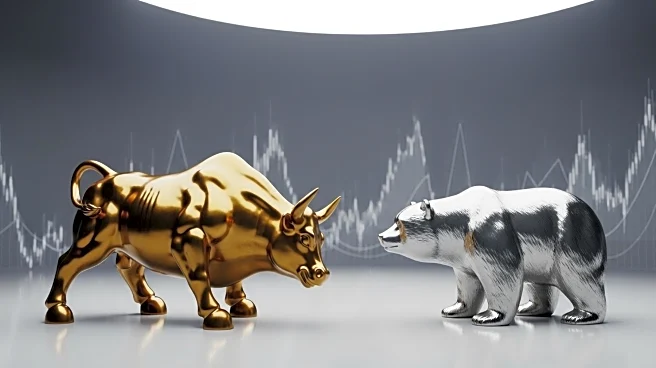Rapid Read • 7 min read
Wall Street commonly uses the price-to-earnings (P/E) ratio to value stocks, a method that remains consistent despite market fluctuations. The P/E ratio involves comparing a company's current stock price to its estimated earnings per share (EPS) for the next four quarters. This approach helps investors determine whether a stock is overvalued, fairly valued, or undervalued. Factors influencing the P/E ratio include earnings growth rates, industry comparisons, historical valuations, interest rates, and perceived risk levels. Investors use this method to identify potential buying opportunities and assess stock value.
AD
Understanding the P/E ratio is crucial for investors seeking to make informed decisions in the stock market. It provides a framework for evaluating stock prices relative to earnings potential, helping investors avoid overpaying for stocks. The method's popularity underscores its reliability in various market conditions, offering a standardized approach to stock valuation. As interest rates and economic conditions fluctuate, the P/E ratio helps investors navigate changing market dynamics, impacting investment strategies and portfolio management.
Investors will continue to rely on the P/E ratio as part of their broader research process, adapting to shifts in economic indicators and market sentiment. As interest rates and geopolitical factors evolve, the valuation of stocks may be influenced, prompting investors to reassess their strategies. The ongoing analysis of earnings projections and industry trends will shape investment decisions, potentially leading to adjustments in stock portfolios.
The use of the P/E ratio reflects broader economic and financial principles, emphasizing the importance of earnings growth and profitability. It highlights the interconnectedness of market factors, such as interest rates and risk perceptions, in shaping stock valuations. The method's application across industries underscores the diverse attributes influencing company valuations, offering insights into sector-specific dynamics.
AD
More Stories You Might Enjoy











